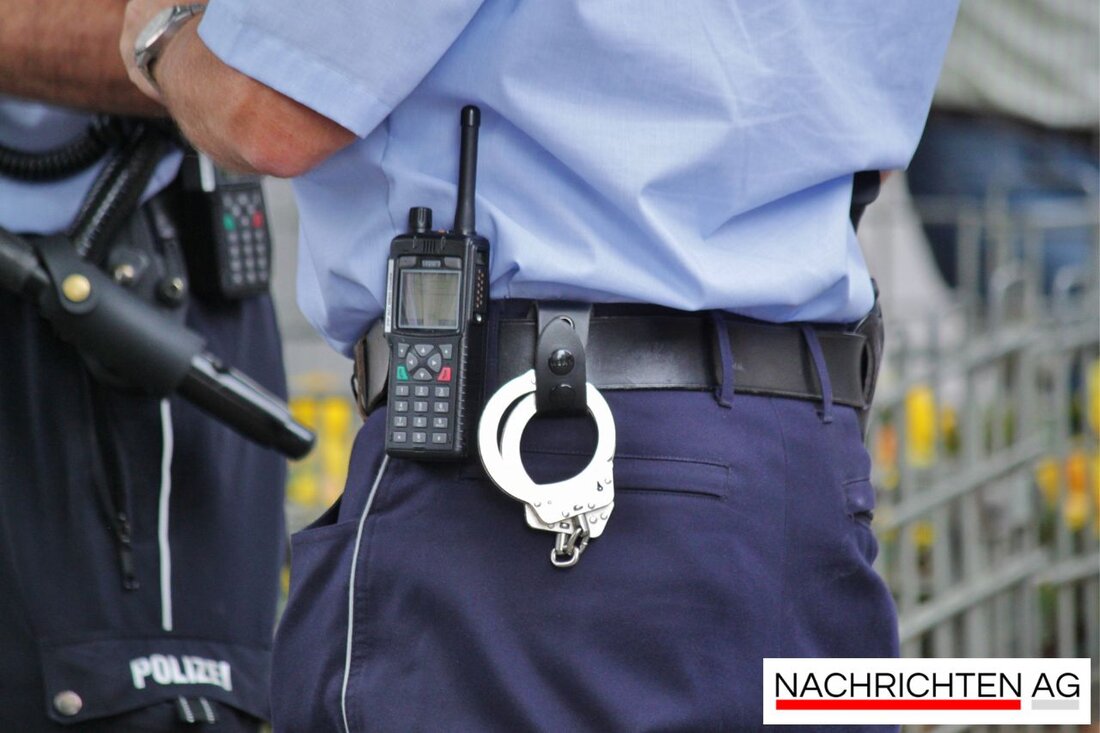Grenade discovery in Forst: Soviet military vehicle recovered from Neisse!
On September 15, 2025, explosive ordnance and a show car were recovered near Forst in Spree-Neiße to ensure public safety.

Grenade discovery in Forst: Soviet military vehicle recovered from Neisse!
The explosive ordnance disposal service of the state of Brandenburg recently made a remarkable find in the Lusatian Neisse near Forst-Keune. A total of 20 Russian-made artillery shells and large quantities of infantry ammunition were seized. A selfless tip from the public led to this rescue, which was carried out in collaboration with a specialist company. Niederlausitz Current reported that the ammunition was transportable and therefore did not have to be neutralized on site.
In the same operation, a Soviet show car, a Model 52-R-353M Mod. 1942, was also recovered. This vehicle is a universal ammunition and equipment carrier that was used in particular for light guns. The recovery took place in the middle of the week after the suspicion of explosive ordnance was confirmed by examinations at the site.
Background on explosive ordnance disposal
The challenges of explosive ordnance disposal are well known in Germany. After the Second World War, the Allied occupying forces initially assumed responsibility, before the federal states established their own explosive ordnance disposal services from around 1950. Today each federal state has its own explosive ordnance disposal service, while in the GDR there was a state-run ammunition recovery service. Civilian explosive ordnance disposal is aimed at public safety and is regulated by a special “explosive ordnance ordinance”. kmdb.info provides a detailed overview of the historical developments and tasks associated with the disposal of explosive ordnance.
Weapons include not only explosive substances, but also chemical warfare agents and essential parts of military weapons. The removal takes place in several steps. First, historical research must be carried out to identify evidence of possible explosive ordnance contamination. Archival materials and aerial photographs are used here, and if necessary, on-site investigations are also used. Wikipedia emphasizes the importance of a well-thought-out clearance concept that offers guidance in risk assessment.
Professional cooperation in forestry
The city of Forst (Lausitz) expressed its gratitude for the professional cooperation of all those involved in the rescue, including the Spree-Neiße water association and other authorities. It is important to remind the public that explosive ordnance should not be moved or touched independently. Suspected cases must be reported to the police immediately in order to avert potential dangers.
The work of explosive ordnance disposal is therefore essential for the safety of the population and requires both specialist knowledge and close cooperation between different actors. Even if such rescue operations seem alarming at first glance, valuable work is done through preventive action to identify and eliminate any dangers in good time.

 Suche
Suche
 Mein Konto
Mein Konto